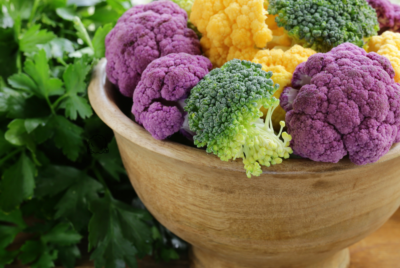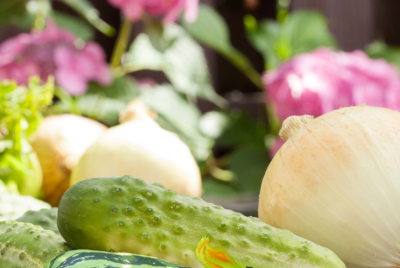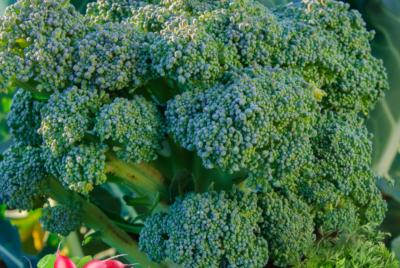Companion Plants for Karl Foerster Grass
The Ultimate Guide To Companion Planting With Karl Foerster Grass
Companion planting with Karl Foerster Grass is a smart choice for any garden enthusiast looking to create a harmonious and visually appealing landscape. This tall, ornamental grass not only adds beauty to your outdoor space but also offers beneficial attributes that can help other plants thrive. By strategically placing Karl Foerster Grass alongside your favorite flowers, vegetables, or shrubs, you can enhance biodiversity, attract beneficial insects, improve soil health, and maximize garden productivity. Whether you’re a seasoned gardener or just starting out, this ultimate guide will provide you with valuable tips and insights on how to integrate Karl Foerster Grass into your garden for optimal results.

Key Takeaways:
- Karl Foerster Grass: This ornamental grass is an excellent choice for companion planting due to its upright growth and year-round interest.
- Companion Planting: Pairing Karl Foerster Grass with flowering plants can enhance the visual appeal of your garden and attract beneficial insects.
- Sunlight Requirements: Ensure that your companion plants have similar sunlight requirements to Karl Foerster Grass to promote healthy growth for all species.
- Soil Considerations: Choose companion plants that thrive in well-drained soil to complement the growing conditions of Karl Foerster Grass.
- Seasonal Interest: Select companion plants that offer varying colors and textures to create a dynamic and visually appealing garden throughout the year.
Getting Started with Companion Planting
Understanding Your Growing Conditions
Clearly, one of the first steps in companion planting with Karl Foerster Grass is to understand your growing conditions. This includes factors such as the amount of sunlight your garden receives, the type of soil you have, and the climate in your area. These factors will help you determine which companion plants will thrive alongside Karl Foerster Grass in your garden.
Selecting Companions for Karl Foerster Grass
Companion planting with Karl Foerster Grass involves selecting plants that will complement and support the growth of this beautiful ornamental grass. Karl Foerster Grass thrives in full sun and well-drained soil, so it is important to choose companions that have similar growing requirements. Plants like Lavender, Salvia, and Echinacea can be excellent choices as they not only thrive in similar conditions but also attract beneficial insects to your garden.
Successful Companions for Karl Foerster Grass
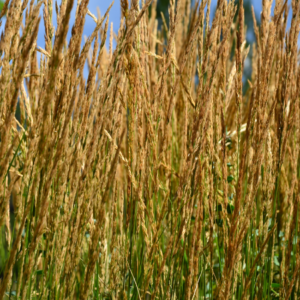
Flowering Plants and Aesthetics
Even as a striking standalone grass, Karl Foerster Grass is even more stunning when paired with the right companions. A perfect match is the Salvia, with its vibrant purple blooms that contrast beautifully with the slender blades of the grass, creating a harmonious and visually appealing landscape.
Herbs and Ground Covers: Functional Pals
Karl Foerster Grass not only adds beauty to your garden but also acts as a lovely backdrop for Thyme and Creeping Jenny. These ground covers not only fill in empty spaces but also provide a functional touch by suppressing weeds and retaining moisture in the soil, making them the perfect companions for this grass.
Flowering plants like Lavender and Coneflowers not only add pops of color but also attract beneficial pollinators to your garden. The fragrant blooms of Lavender complement the graceful upright habit of Karl Foerster Grass, while Coneflowers provide a striking contrast with their bold hues.
Maintenance Tips for Your Companion Garden
After setting up your companion garden with Karl Foerster Grass, it is important to maintain it properly to ensure the health and growth of your plants. Here are some key maintenance tips to keep in mind:
- Regularly water your plants to keep them hydrated and healthy.
- Feed your plants with organic fertilizer to provide necessary nutrients.
- Monitor for any signs of pests or diseases and take appropriate action.
- Prune your plants as needed to promote growth and air circulation.
- Keep an eye on the overall health and appearance of your garden to make any necessary adjustments.
Thou, with proper maintenance, your companion garden will thrive and flourish beautifully.
Watering and Feeding Your Plants
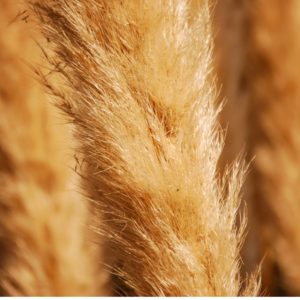
Maintenance is necessary when it comes to watering and feeding your plants in your companion garden. Make sure to water your plants regularly, especially during dry spells, to keep the soil moist. Additionally, feeding your plants with organic fertilizer will provide them with the necessary nutrients for healthy growth.
Pruning and Year-Round Care
Any successful companion garden requires proper pruning and year-round care. It is important to regularly prune your plants to remove dead or diseased branches and encourage new growth. Additionally, providing care throughout the year, including mulching and monitoring for pests, will ensure the longevity of your garden.
Plants benefit greatly from regular pruning, as it helps maintain their shape and health. It is also important for preventing overcrowding and improving air circulation within the garden. Year-round care involves staying vigilant for any signs of pests or diseases and taking proactive measures to address them promptly.
Troubleshooting Common Issues
Dealing with Pests and Diseases
To keep your Karl Foerster Grass healthy and thriving, identifying and dealing with pests and diseases promptly is vital. An integrated approach is best, using organic pesticides, beneficial insects, or even natural remedies like neem oil or garlic spray to combat common culprits like aphids or rust. Regularly inspect your plants for any signs of trouble and take action as soon as you spot them to prevent any further damage.
Overcoming Environmental Challenges
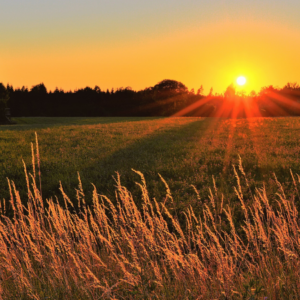
To ensure your Karl Foerster Grass flourishes despite environmental challenges, consider factors such as soil quality, moisture levels, and sunlight exposure. Choosing the right location with well-draining soil, adequate sunlight, and proper airflow is crucial for optimal growth. Providing supplemental water during dry spells and mulching around the base of the plants can help retain moisture and keep the roots healthy.
Any adjustments to the surrounding environment should be made with care and consideration for the specific needs of Karl Foerster Grass. While it is a resilient plant, ensuring it has the right conditions will help it thrive and minimize any potential stressors.
Troubleshooting common issues with your Karl Foerster Grass involves proactive monitoring, prompt action, and providing the optimal growing conditions. By staying vigilant against pests and diseases, and creating a favorable environment, you can enjoy a lush and vibrant garden filled with this beautiful ornamental grass.
Conclusion
On the whole, companion planting with Karl Foerster Grass can enhance the beauty and health of your garden. By choosing the right plants to grow alongside this ornamental grass, you can create a thriving and aesthetically pleasing landscape. If you’re looking for the best companion plants for Karl Foerster Grass, check out this helpful guide here for more inspiration!
FAQ
Q: What is Karl Foerster Grass?
A: Karl Foerster Grass, also known as Feather Reed Grass, is a popular ornamental grass that is prized for its upright growth habit and feathery plumes. It is named after the famous German nurseryman Karl Foerster.
Q: Why is Companion Planting important with Karl Foerster Grass?
A: Companion planting with Karl Foerster Grass is important because it can help improve the health and growth of the grass, as well as provide additional benefits such as attracting beneficial insects, repelling pests, and enhancing the overall aesthetics of your garden.
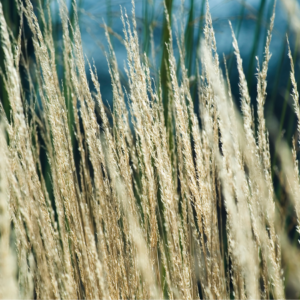
Q: What are some good companion plants for Karl Foerster Grass?
A: Some good companion plants for Karl Foerster Grass include lavender, salvia, echinacea, black-eyed Susans, Russian sage, daylilies, and catmint. These plants complement the grass well and create beautiful garden combinations.
Q: How do I care for Karl Foerster Grass when planting it with companions?
A: When planting Karl Foerster Grass with companions, make sure to provide adequate spacing between plants to allow for proper air circulation and sunlight. Water all plants consistently, and fertilize as needed based on the specific requirements of each plant.
Q: Can I plant vegetables with Karl Foerster Grass?
A: Karl Foerster Grass is not typically planted with vegetables due to its height and growth habit. Although you can still experiment with companion planting by choosing low-growing vegetables or herbs. They need to be varieties that will not compete with the grass for sunlight or nutrients. Some options include lettuce, radishes, and herbs like thyme or oregano.
Companion planting cauliflower
You’re Probably Killing Your Fruit Trees


